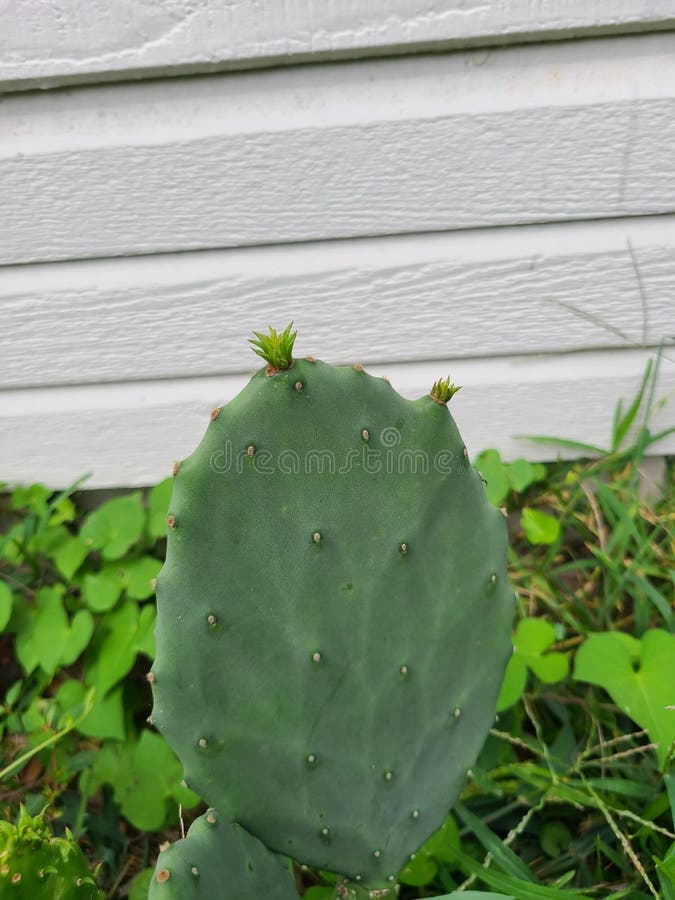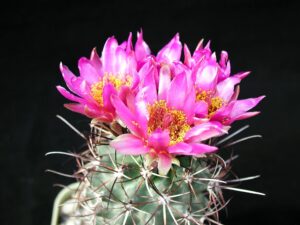Cacti are resilient and adaptable plants, notable for their ability to thrive in arid environments. Among the myriad of fascinating characteristics that cacti exhibit, the phenomenon of new growth—specifically the sprouting of new segments or flowers—holds significant implications for their survival and health. This article delves into the intricacies of a cactus sprouting new growth, exploring its meanings, underlying biology, and the broader implications for caretakers and enthusiasts alike.
Understanding Cactus Growth Patterns
The growth patterns of cacti are distinctive and unique compared to other plant varieties. Unlike traditional flowering plants that produce leaves and blooms in a regular seasonal rhythm, cacti operate on a different timeline dictated largely by environmental conditions. The process of sprouting new growth involves several stages: initiation, expansion, and maturation.
During the initiation phase, the plant collects and stores energy, primarily through photosynthesis. Cacti have a special adaptation called Crassulacean Acid Metabolism (CAM), which allows them to open their stomata at night, minimizing water loss. Once conditions are optimal—such as adequate moisture and sunlight—the cactus begins to generate new growth. The expansion phase sees cells rapidly divide and elongate, giving rise to new pads, branches, or floral buds. Finally, during the maturation phase, the new growth hardens and becomes a functional part of the cactus.
Understanding these growth stages is critical, as they reflect the plant’s response to external factors. Notably, new growth signifies a period of health and vitality. It’s an indication that the cactus has successfully navigated challenges such as drought or pest pressures and is now ready to propagate its legacy.
The Importance of New Growth to Cactus Health
New growth in cacti serves as a vital indicator of the plant’s overall health. Botanical diversity among cacti means that various species may exhibit differing growth responses to environments and care practices. For instance, a thriving Saguaro cactus sprouting multiple arms signals a capacity to allocate resources effectively, enhancing its survival in the wild. Conversely, stunted or no growth may indicate adverse conditions, such as nutrient deficiencies or improper watering practices.
Moreover, new growth contributes to the cactus’s long-term reproductive strategies. When cacti sprout new pads or branches, they not only increase their biomass but also augment their chances of survival through asexual reproduction. Many cacti can reproduce vegetatively, whereby a segment breaks off and roots itself, thereby creating a new plant. This form of propagation allows cacti to colonize areas quickly, especially in environments with scarce resources. Hence, the presence of new growth is not merely an aesthetic value but a fundamental aspect of the plant’s life cycle.
In the realm of horticultural practices, monitoring new growth is essential for passionate gardeners and cultivators alike. Recognizing the nuances of growth can inform techniques such as pruning, fertilizing, and even pest control, thereby promoting a thriving cactus collection. A proactive approach to new growth can also prevent potential issues that might arise in an otherwise healthy specimen.
Cultivating New Growth: Best Practices for Cactus Enthusiasts
For those dedicated to nurturing cacti within domestic or commercial settings, fostering new growth is achievable through several best practices. Understanding how to create optimal conditions paves the way for robust plants.
Firstly, light exposure is paramount. Cacti generally prefer bright, indirect sunlight; inadequate light can lead to etiolation, where the cactus stretches towards the light source, compromising its structural integrity. Placing cacti in a south-facing window or using grow lights can ensure they receive the required luminosity to stimulate healthy growth.
Secondly, watering techniques must strike a balance. Over-watering or under-watering can be detrimental to cacti; therefore, it is critical to wait until the soil is completely dry before reapplying moisture. This strategy helps to prevent root rot, a common condition that can hinder growth and lead to plant death. The use of well-draining soil, such as a mix composed of sand, perlite, and potting soil, can also enhance drainage and create conditions conducive to new growth.
Nutrient supplementation, while often overlooked, plays a critical role in burgeoning growth. Fertilizers that are high in potassium and phosphorus are beneficial for cacti, particularly during the active growing season. Such nutrients support the cellular processes involved in growth and flowering, ultimately leading to healthier and more vibrant plants.
Lastly, consistent observations and timely interventions are crucial. Regularly inspecting cacti for pests, diseases, or signs of distress allows for quick remedial measures, allowing for sustained vigor and the promotion of new growth.
In summation, the blossoming of new growth in cacti encapsulates not only the resilience of these remarkable plants but also reflects their adaptability in the face of environmental challenges. By grasping the mechanisms behind this growth, cactus enthusiasts can foster the conditions necessary to promote health and flourishing specimens, ensuring that these emblematic desert dwellers continue to thrive in both cultivated and wild landscapes.





Leave a Comment